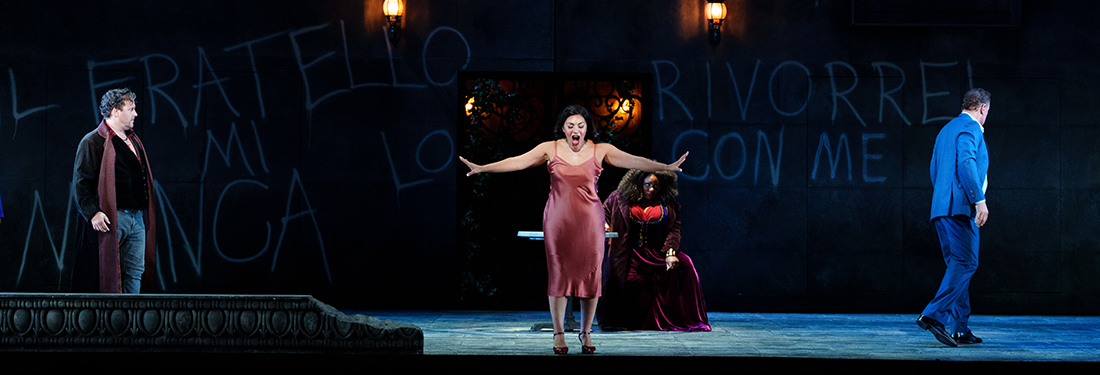
If that sounds flippant or insensitive, I don’t mean it to be. Barenboim is undoubtedly a musical giant who deserves his venerated position as a cultural icon, and his thirty-year tenure as the Staatskapelle’s music director raised both the profile and quality of the orchestra. But in recent years, serious health problems have meant that Barenboim is now as notable for his cancellations as for his appearances.
Still, there seemed to be a renewed sense of hope as Barenboim kept several European engagements over the summer, and if his reviews weren’t always as rapturous as they’d been in years past, they weren’t embarrassing, either. Meanwhile, what originally seemed like a one-off performance in New York bloomed into a mini-tour, with performances in Chicago, Toronto and Philadelphia (where I live).
I decided to take advantage of the opportunity to hear the Staatskapelle perform Brahms’s Symphonies 1 and 2 at Carnegie Hall on November 30, then return for Symphonies 3 and 4 at Verizon Hall in Philly on December 3. Of course, it was common knowledge by that point that Barenboim would not be making the journey to North America, and that Yannick Nézet-Séguin would be taking the podium for the East Coast engagements.
Given that Barenboim’s ailments include a serious vascular condition, it’s possible that his doctors advised him against a travel schedule that would have him taking multiple plane rides in short succession. I wonder if he might have stayed on had the initial plan to just perform in New York remained the case. But there’s really no use speculating, and I’ve accepted that at this point that I likely heard my last live Barenboim performance long ago.
Still, the end result offered a couple revealing contrasts. I cannot help but admire the indefatigable Nézet-Séguin and his save-the-day spirit. He jumped into this engagement amid a run of Florencia en el Amazonas at the Met and forthcoming performances this week with the Philadelphia Orchestra. But on Thursday at Carnegie, I saw little evidence of what makes him a unique and memorable conductor.
Instead, he seemed to be shepherding someone else’s vision onto the stage. I often remember a Nézet-Séguin performance for its riot of details—not always advisable, but usually distinctive and personal—and I almost always hear something new when he approaches a symphony. Here, instead, he took a big-picture approach to Symphonies 1 and 2, and the evening passed by pleasantly but without much character. The Second sounded a tad fussy at times, while the First felt like the musical equivalent of a Great Books seminar.
Suddenly, I found myself almost dreading Sunday’s continuation, even though the commute was a lot more congenial.
Instead, I found the Staatskapelle and Nézet-Séguin reinvigorated in Philadelphia. Start with the sound: it was warmer, livelier, and more enveloping in Verizon Hall, with an acoustic that better suited the outfit’s elegant, well-blended style.
Perhaps Nézet-Séguin found renewed inspiration in the Third and Fourth Symphonies, or he was basking in the adoring glow of a friendly hometown audience, but his interpretations seemed transformed here too. Both pieces were full of individuality, plenty of quirky choices (he ignored virtually all rests), and colorful solos woven into the fabric of the overall architecture. I will remember Claudia Stein’s ethereal flute passages in the final movement of the Fourth with particular fondness.
Performances of Brahms can sometimes come across as glowering, but under Nézet-Séguin’s guidance here, the Third was marked by mystery and the Fourth by impish humor. Brahms might have been the ultimate Romantic, but there were many forward-looking ideas on display here. It was the kind of concert that makes one re-evaluate their overall perspective.
The Staatskapelle begins its next chapter in 2024, when Christian Thielemann officially succeeds Barenboim as music director. And whatever the future holds for Barenboim as a public figure, his legacy is secure. What likely began as a planned sendoff ended up as a testament to the fine work one man achieved across his tenure and the valiant effort of another to realize it.
Photos: Fadi Kheir
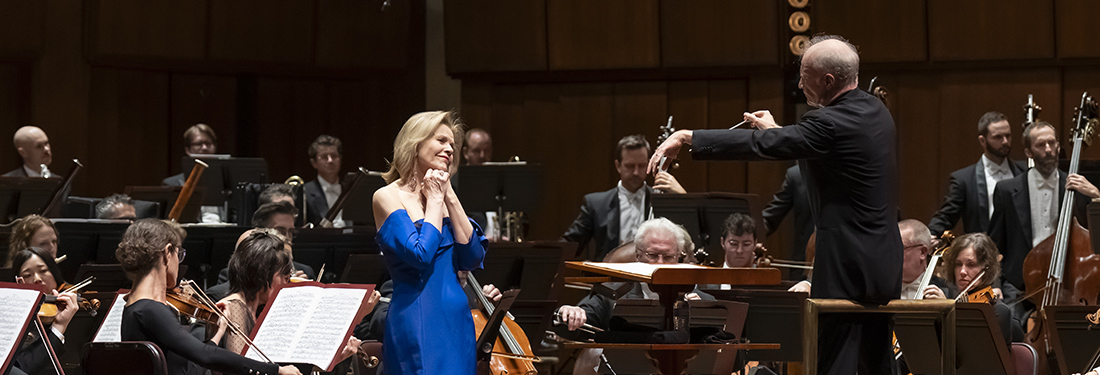
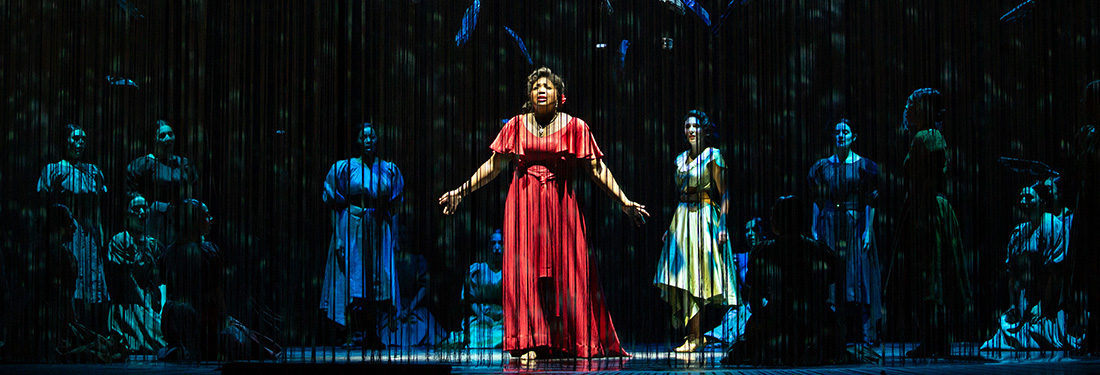
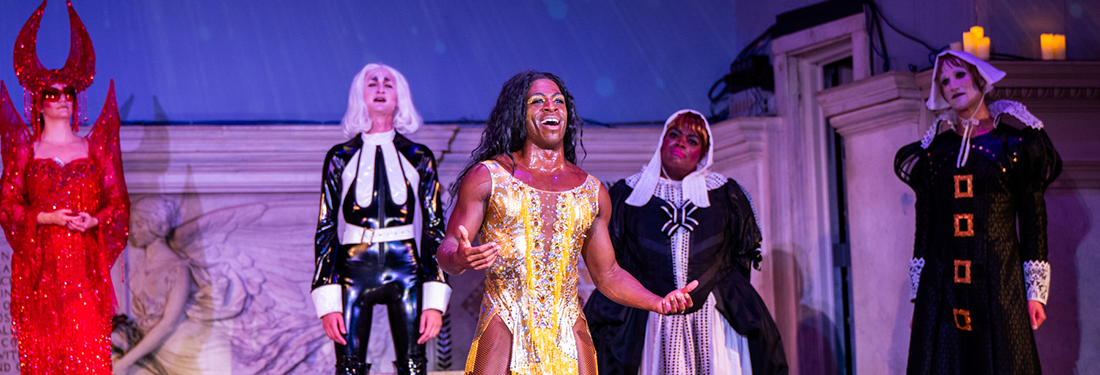
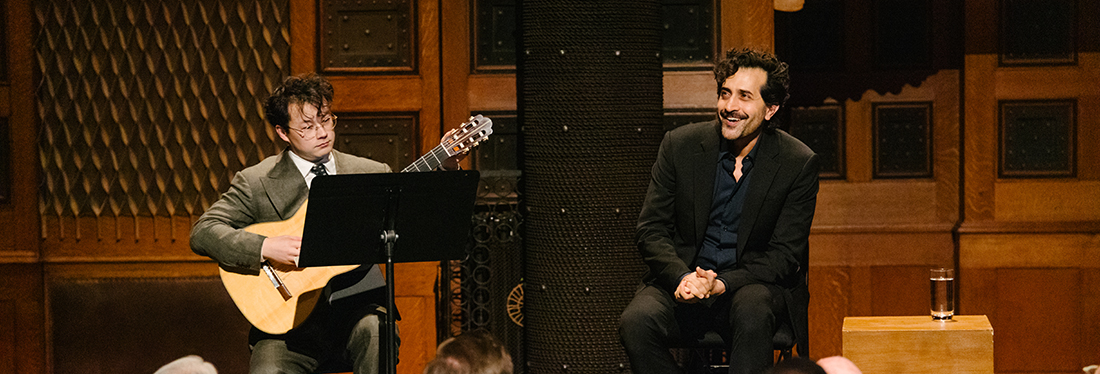
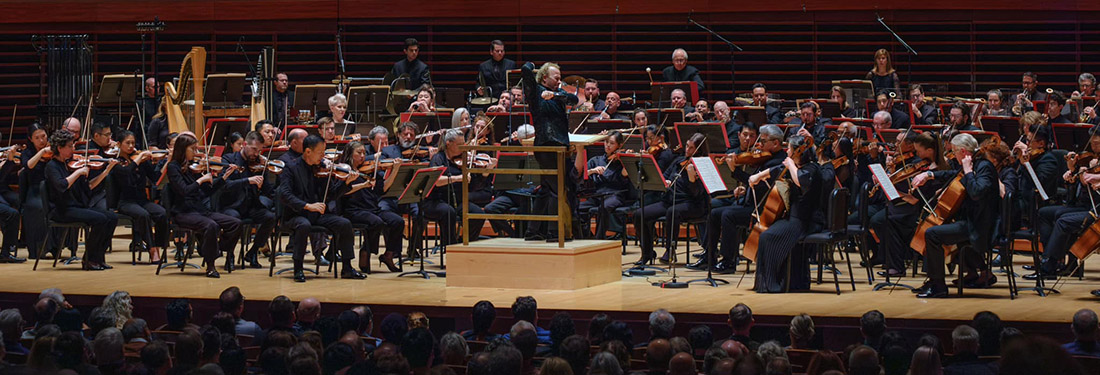
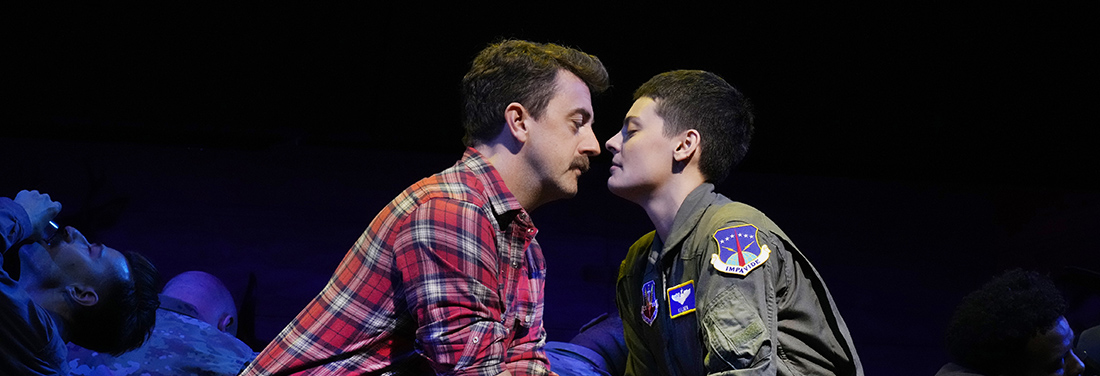
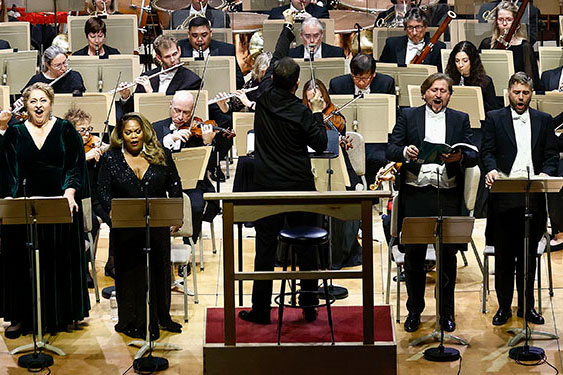
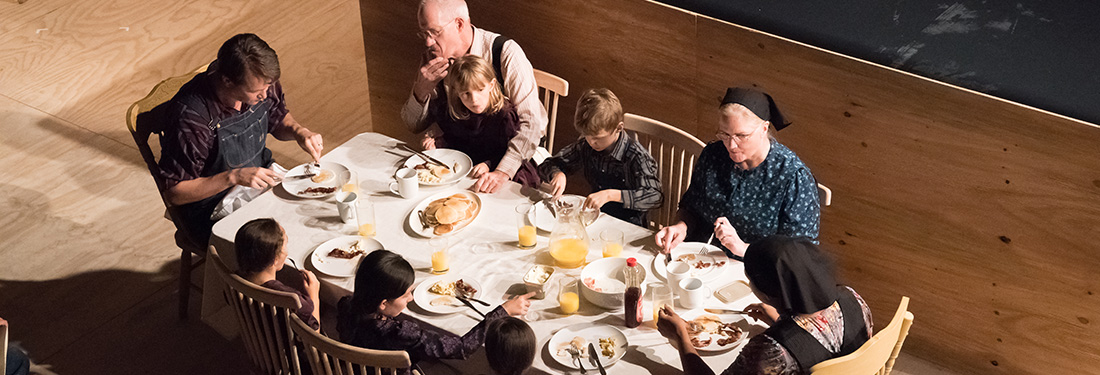
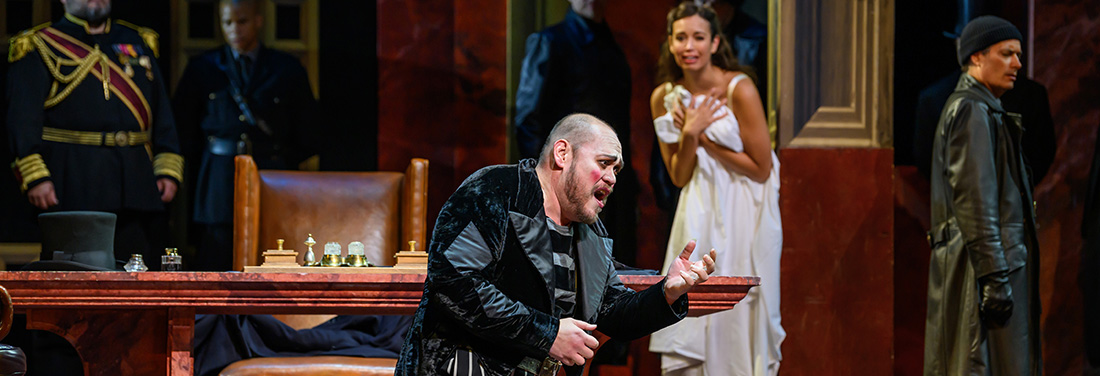
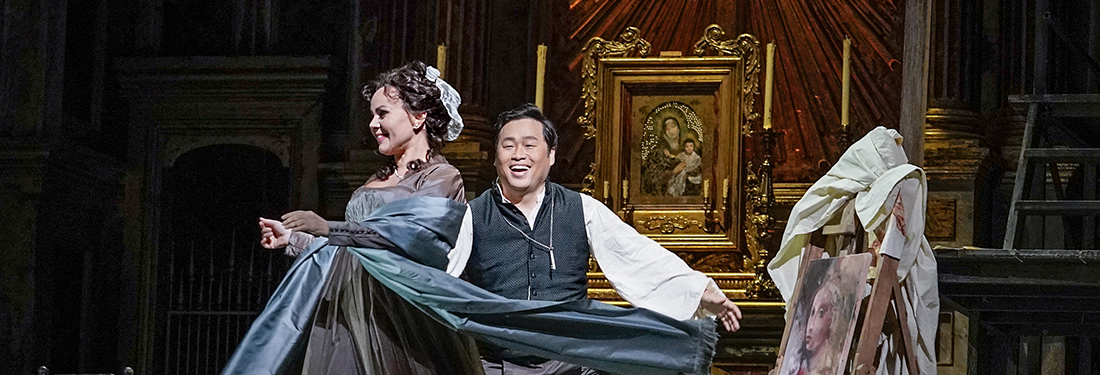
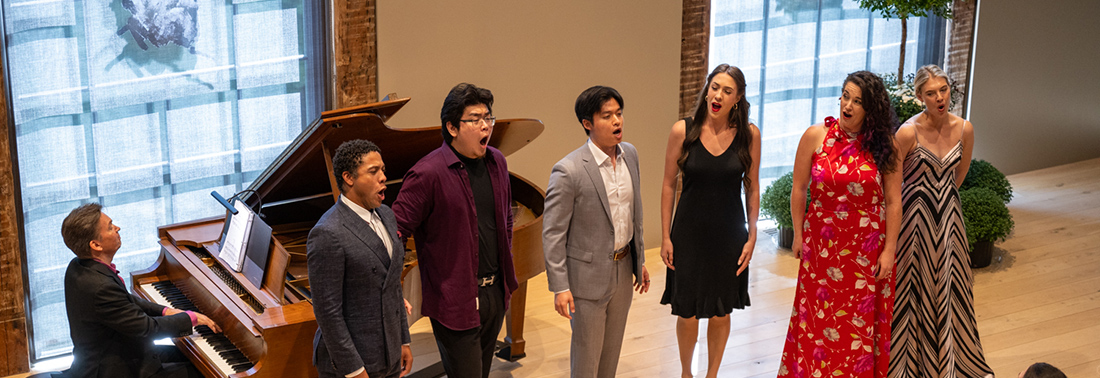
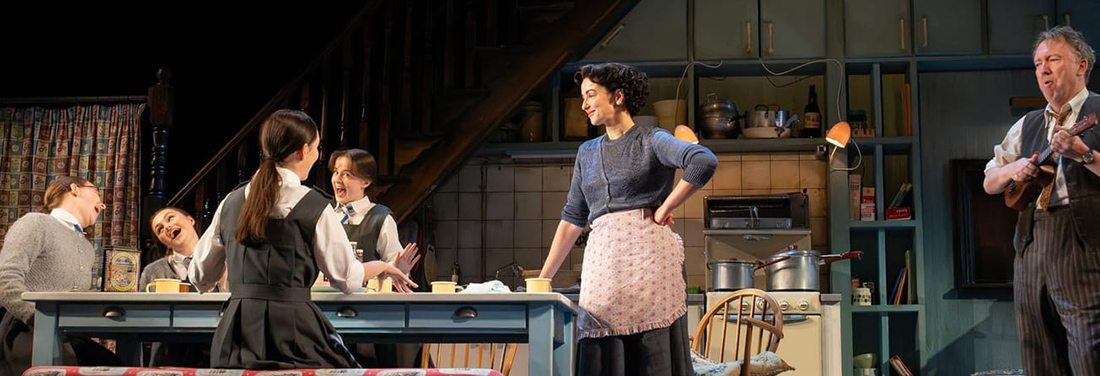
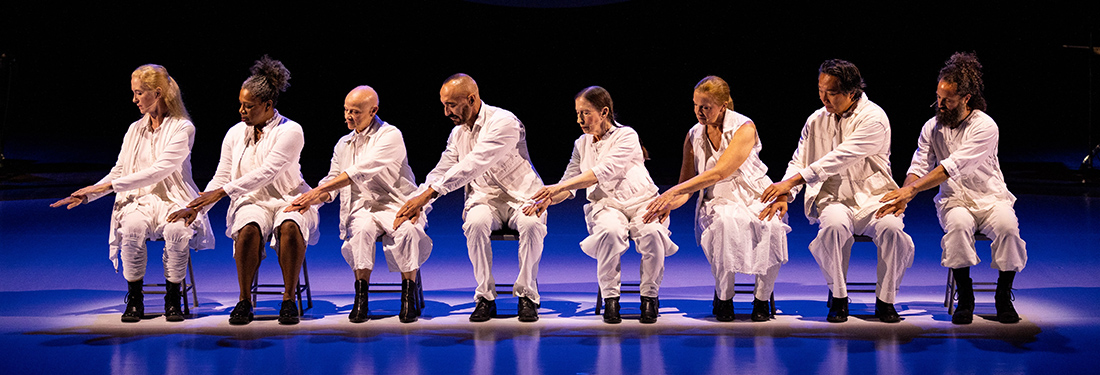

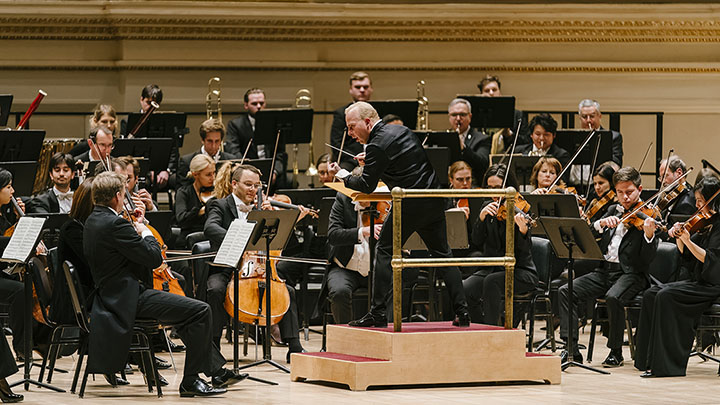
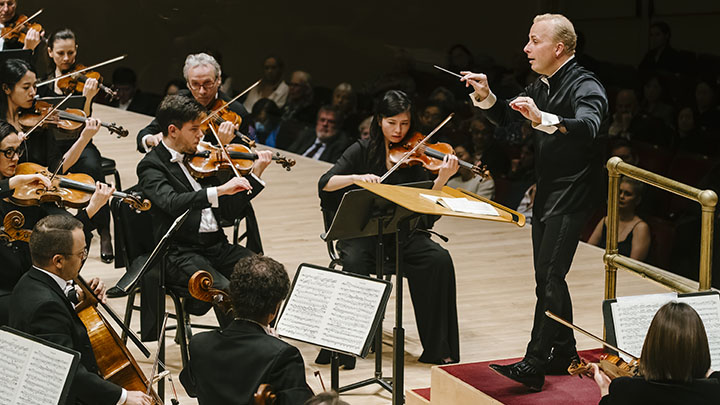

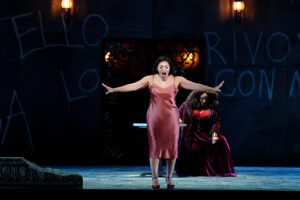

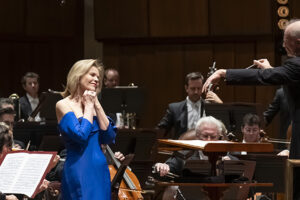

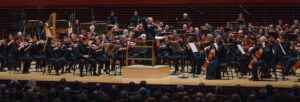




Comments